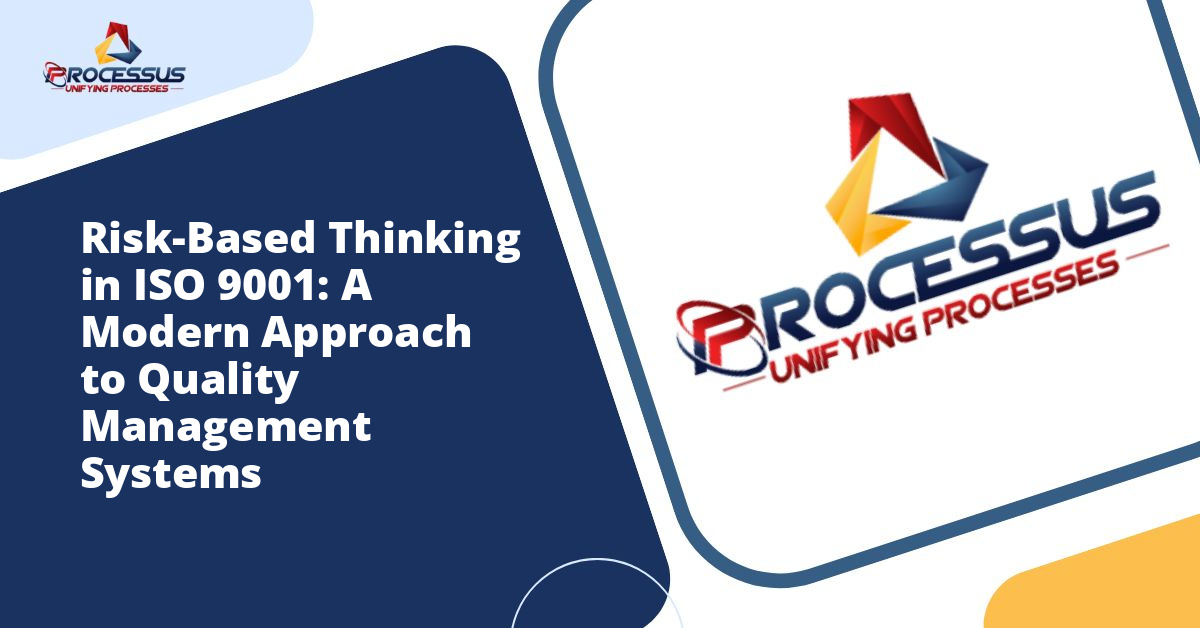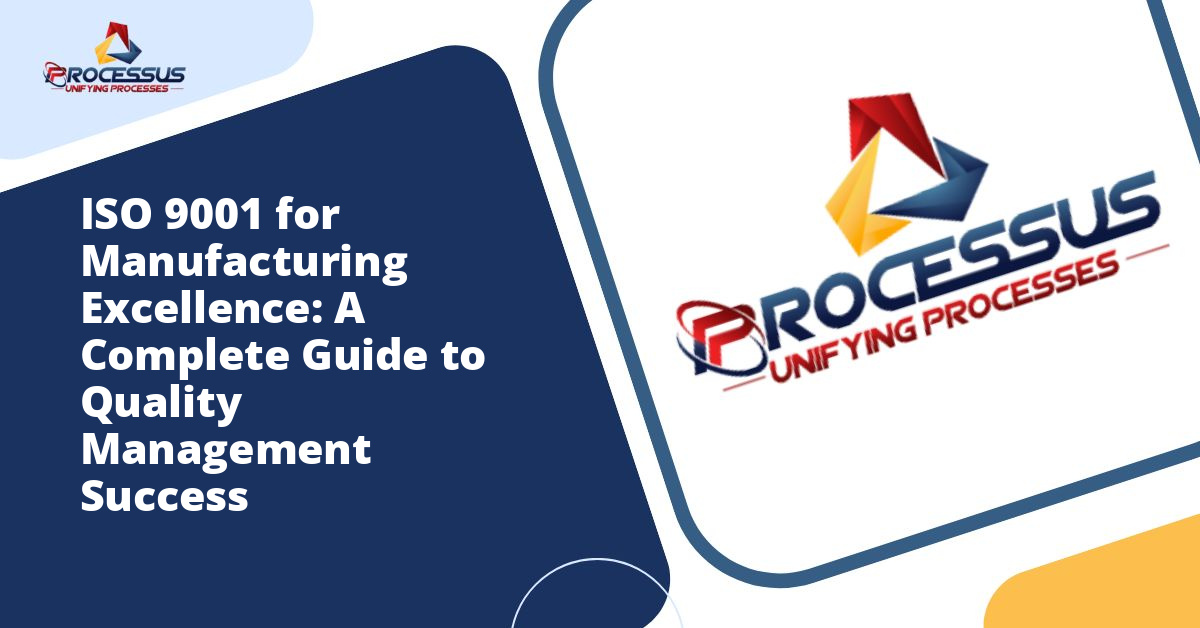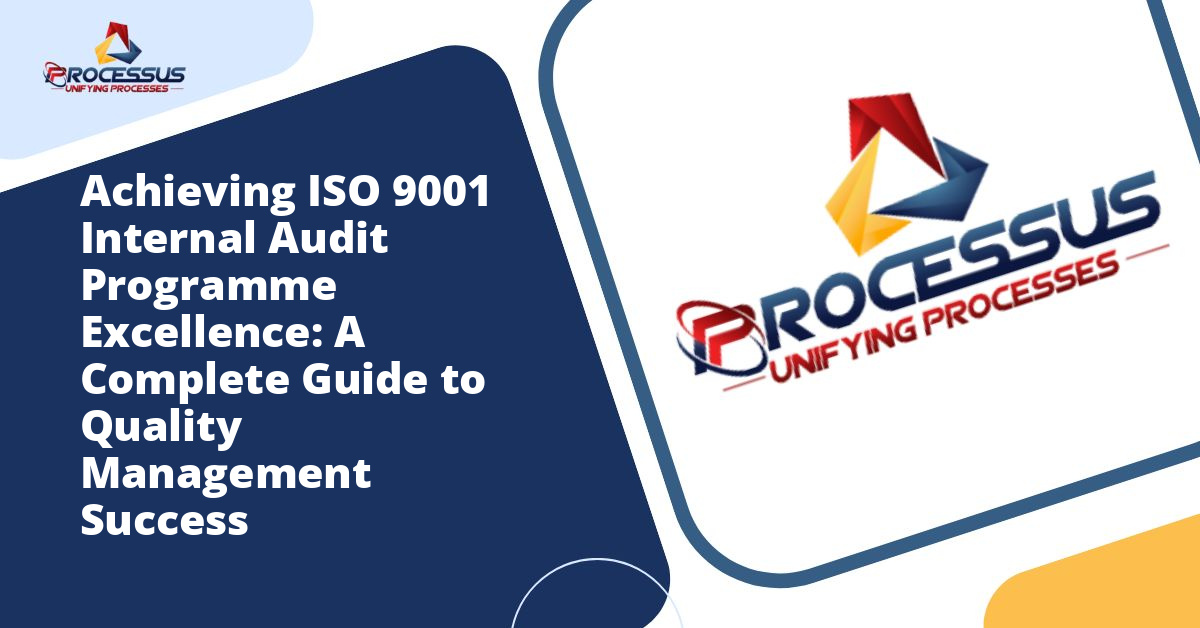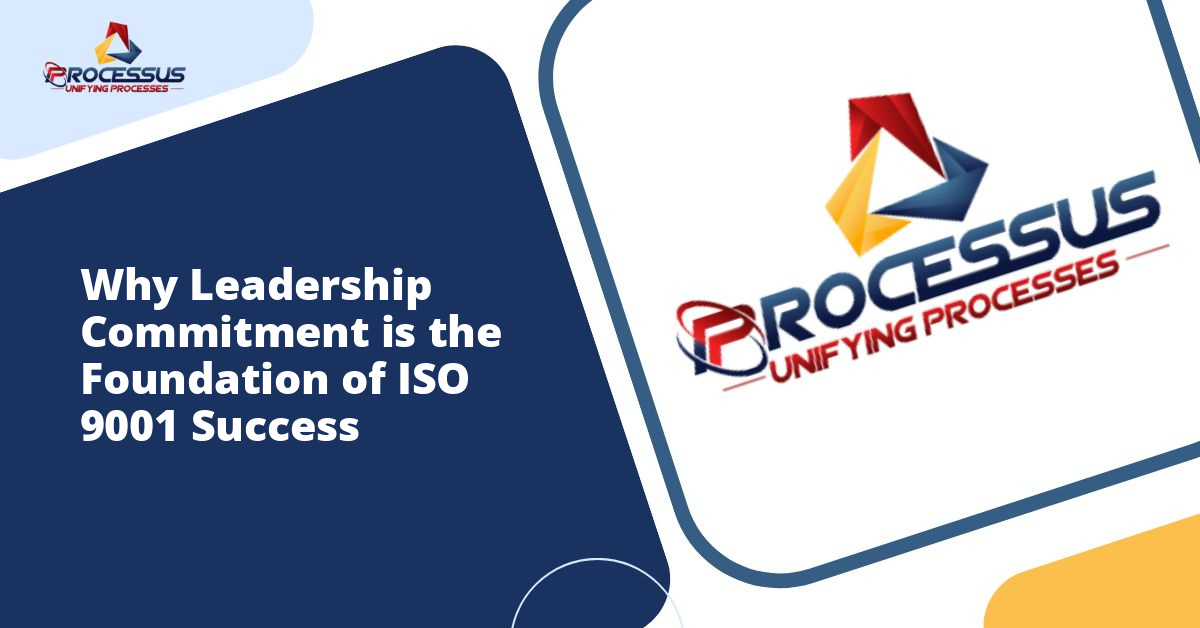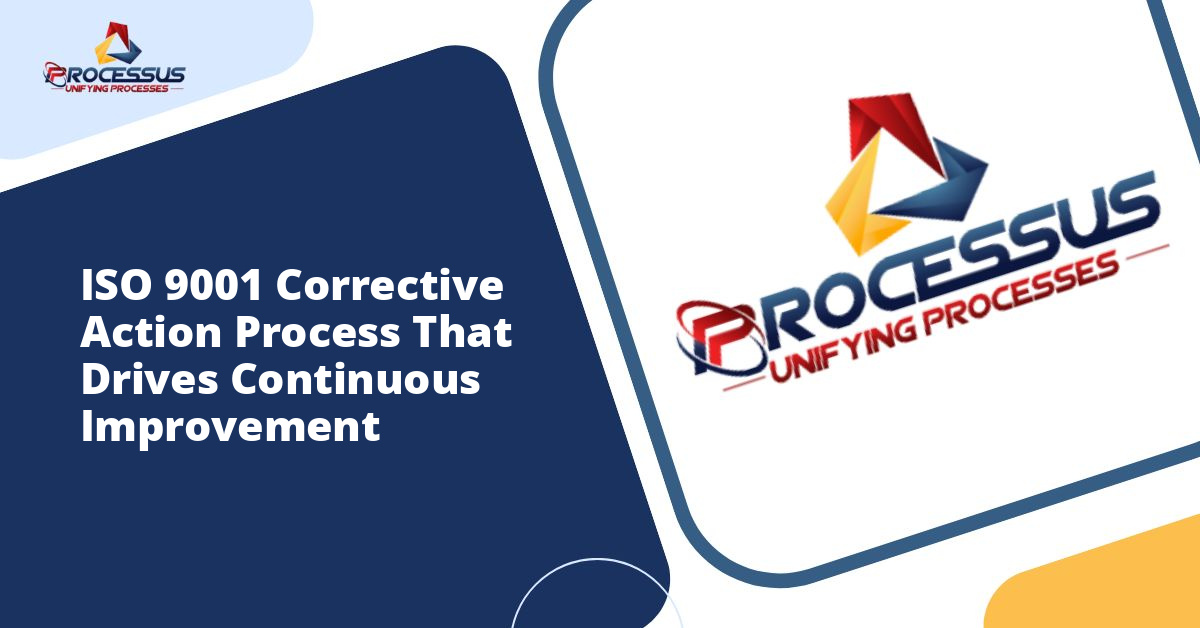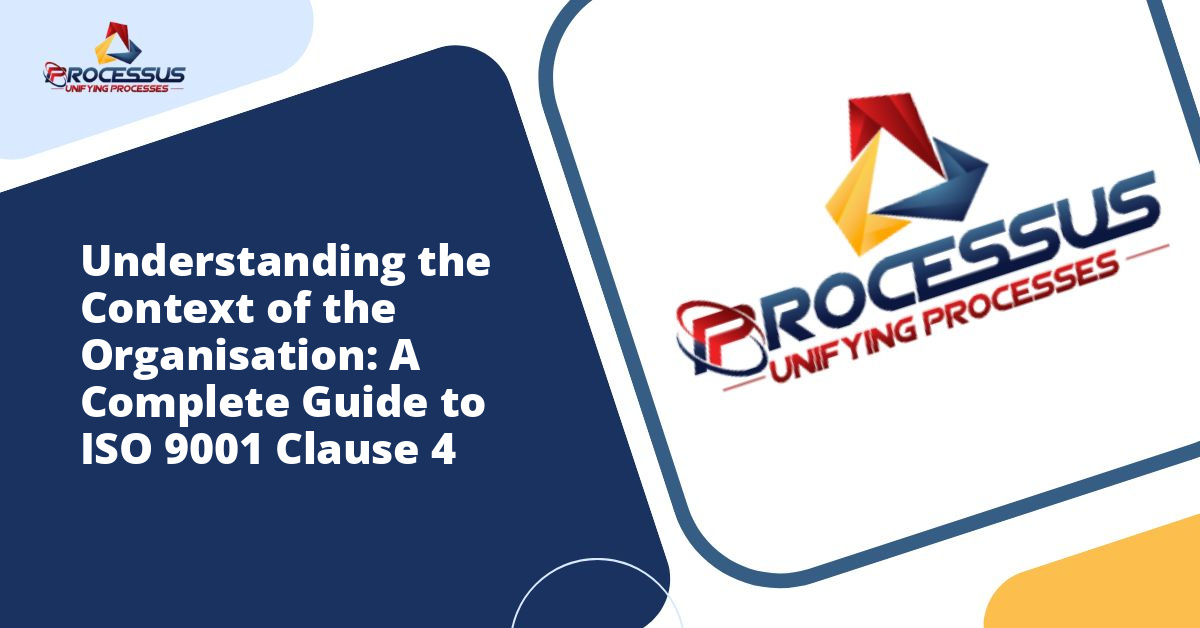The evolution of quality management has brought significant changes to how organizations approach their business processes. Among these changes, risk-based thinking stands out as a fundamental shift in the ISO 9001 standard, transforming it from a reactive system into a proactive framework that anticipates and addresses potential challenges before they become problems.
This transformation represents more than just an update to documentation requirements. It reflects a deeper understanding of how modern businesses operate in an increasingly complex and uncertain environment. By integrating risk-based thinking into every aspect of quality management, organizations can build resilience, improve decision-making, and create sustainable competitive advantages. You might also enjoy reading about ISO 9001 for Service Industries: A Comprehensive Guide to Practical Applications and Implementation.
Understanding Risk-Based Thinking in the Context of ISO 9001
Risk-based thinking is not an entirely new concept in business management. However, its formal integration into ISO 9001:2015 marked a significant departure from previous versions of the standard. Rather than treating risk management as a separate process or optional element, the current standard weaves it into the fabric of quality management systems. You might also enjoy reading about ISO 9001:2015 Process Approach Implementation Guide: A Complete Framework for Quality Management Success.
At its core, risk-based thinking involves considering potential uncertainties and their impacts when making decisions and planning activities. This approach requires organizations to move beyond simple compliance and embrace a mindset that constantly evaluates what could go wrong, what could go better than expected, and how to prepare for both scenarios. You might also enjoy reading about Customer Satisfaction Measurement for ISO 9001: A Complete Implementation Guide.
The beauty of this approach lies in its flexibility. Unlike prescriptive methodologies that dictate specific tools and techniques, risk-based thinking allows organizations to scale their efforts according to their size, complexity, and specific circumstances. A small manufacturing company might implement risk-based thinking differently than a multinational corporation, yet both can achieve effective quality management.
The Shift from Preventive Action to Integrated Risk Management
Previous versions of ISO 9001 included specific requirements for preventive action, treating it as a distinct process within the quality management system. The 2015 revision eliminated this separate requirement, not because preventive action became less important, but because it recognized that risk-based thinking embeds prevention throughout the entire system.
This shift represents a maturation of quality management philosophy. Instead of waiting for problems to occur and then implementing corrective measures, or periodically conducting preventive action reviews, organizations now build risk consideration into their daily operations. Every decision, from strategic planning to operational execution, incorporates an evaluation of potential risks and opportunities.
The practical implications of this change are profound. Employees at all levels become more aware of how their actions might affect quality outcomes. Managers develop a more nuanced understanding of trade-offs and dependencies. Senior leadership gains better visibility into organizational vulnerabilities and potential areas for improvement.
Key Components of Effective Risk-Based Thinking
Identifying Risks and Opportunities
The foundation of risk-based thinking begins with identification. Organizations must develop the ability to recognize potential risks and opportunities across all aspects of their quality management system. This includes internal factors such as process capabilities, resource availability, and organizational culture, as well as external factors like market conditions, regulatory changes, and technological developments.
Effective identification requires diverse perspectives. Front-line employees often have insights into operational risks that senior management might overlook. Customers can highlight potential quality issues before they become widespread problems. Suppliers might alert organizations to supply chain vulnerabilities. Creating channels for these various stakeholders to share their observations strengthens the identification process.
Analyzing and Evaluating Risk Significance
Not all risks deserve equal attention. After identification, organizations must analyze and evaluate which risks pose the greatest threats to quality objectives and which opportunities offer the most promising benefits. This evaluation considers both the likelihood of occurrence and the potential impact on the organization.
The analysis phase should be proportionate to the organization’s needs. Some situations demand rigorous quantitative analysis with detailed probability calculations and impact assessments. Other situations might require only qualitative evaluation based on experience and judgment. The key is ensuring that the level of analysis matches the significance of the decision being made.
Planning and Implementing Risk Responses
Once risks and opportunities have been identified and evaluated, organizations must decide how to respond. Risk treatment strategies typically fall into several categories: avoiding the risk entirely by changing plans, reducing the risk through controls and mitigation measures, sharing the risk with partners or through insurance, or accepting the risk when the cost of treatment exceeds the potential benefit.
For opportunities, the approach focuses on enhancement and exploitation. Organizations might allocate additional resources to promising opportunities, develop partnerships to capitalize on emerging trends, or adjust strategies to maximize potential benefits. The planning process should clearly define who is responsible for implementing risk responses, what resources are needed, and how success will be measured.
Monitoring and Reviewing Effectiveness
Risk-based thinking is not a one-time exercise but an ongoing cycle of evaluation and adjustment. Organizations must monitor the effectiveness of their risk responses, track changes in the risk landscape, and update their approaches as circumstances evolve. This continuous improvement aspect ensures that the quality management system remains relevant and effective over time.
Regular reviews should assess whether identified risks have materialized, whether implemented controls are working as intended, and whether new risks have emerged. These reviews also provide opportunities to learn from both successes and failures, building organizational knowledge and improving future risk-based thinking efforts.
Practical Implementation Strategies
Building a Risk-Aware Culture
The success of risk-based thinking depends heavily on organizational culture. When employees view risk management as a bureaucratic burden rather than a valuable tool, implementation efforts struggle. Building a risk-aware culture requires leadership commitment, clear communication about the benefits of risk-based thinking, and recognition of employees who demonstrate effective risk management.
Leaders should model risk-based thinking in their own decision-making, openly discussing how they consider uncertainties and trade-offs. Training programs should emphasize practical applications rather than theoretical concepts, helping employees understand how risk-based thinking applies to their specific roles. Celebrating successes where risk-based thinking prevented problems or capitalized on opportunities reinforces its value.
Integrating Risk Considerations into Existing Processes
Rather than creating separate risk management processes, effective organizations integrate risk-based thinking into their existing workflows. Strategic planning sessions incorporate risk analysis. Design reviews consider potential failure modes. Supplier evaluations assess supply chain vulnerabilities. Performance reviews discuss how individuals contributed to risk management objectives.
This integration makes risk-based thinking more natural and less burdensome. Employees do not need to stop their regular work to engage in risk management; instead, risk considerations become a normal part of how they approach their responsibilities. Over time, this integration becomes habitual, requiring less conscious effort as the organization matures.
Leveraging Appropriate Tools and Techniques
While ISO 9001 does not mandate specific risk management tools, various techniques can support effective risk-based thinking. Failure Mode and Effects Analysis (FMEA) helps identify potential failures in products and processes. SWOT analysis examines strengths, weaknesses, opportunities, and threats at a strategic level. Risk matrices provide visual representations of risk significance. Scenario planning explores how different futures might unfold.
The choice of tools should match organizational needs and capabilities. Sophisticated techniques might provide marginal benefits if the organization lacks the expertise to apply them correctly. Conversely, overly simple approaches might miss important nuances in complex situations. Organizations should start with basic techniques and gradually adopt more advanced methods as their risk management maturity increases.
Common Challenges and How to Overcome Them
Avoiding Analysis Paralysis
One common pitfall in implementing risk-based thinking is over-analysis. Organizations can become so focused on identifying and evaluating every possible risk that they struggle to make timely decisions. The fear of missing something important can paralyze action, defeating the purpose of risk management.
Overcoming this challenge requires setting reasonable boundaries on risk assessment efforts. Establish time limits for risk analysis activities. Accept that perfect information is rarely available and that some uncertainty will always remain. Focus on significant risks that could materially impact quality objectives rather than trying to address every conceivable scenario.
Balancing Standardization and Flexibility
Organizations often struggle to find the right balance between standardized risk management approaches and the flexibility needed for different situations. Too much standardization can lead to rigid, checkbox-style risk assessments that fail to capture important context. Too much flexibility can result in inconsistent application and difficulty comparing risks across different areas.
The solution involves establishing clear principles and frameworks while allowing adaptation to specific circumstances. Define what aspects of risk-based thinking should be consistent across the organization, such as risk evaluation criteria or documentation requirements. Allow flexibility in how risks are identified, what tools are used, and how responses are implemented based on the situation.
Maintaining Momentum Over Time
Initial enthusiasm for risk-based thinking can fade as organizations become comfortable with their quality management systems. Without continued attention, risk assessments become outdated, responses lose effectiveness, and the organization gradually drifts back toward reactive rather than proactive management.
Sustaining momentum requires embedding risk-based thinking into organizational routines and governance structures. Regular management reviews should include discussions of the risk landscape and the effectiveness of risk responses. Internal audits should evaluate whether risk-based thinking is being applied consistently. Performance metrics should track leading indicators of risk management effectiveness, not just lagging indicators of problems that have already occurred.
The Broader Benefits Beyond Compliance
While risk-based thinking helps organizations meet ISO 9001 requirements, its benefits extend far beyond compliance. Organizations that effectively implement risk-based thinking often experience improved operational efficiency, as they identify and eliminate sources of waste and variability. Customer satisfaction typically increases because potential quality issues are addressed before products or services reach customers.
Strategic decision-making becomes more informed and confident when supported by systematic risk analysis. Organizations can pursue opportunities more aggressively because they have assessed and prepared for associated risks. Innovation increases as employees feel more comfortable proposing new ideas, knowing that risks will be properly evaluated and managed rather than simply rejected out of caution.
Financial performance often improves as well. Preventing quality problems costs less than fixing them after they occur. Better risk management can reduce insurance costs, improve credit ratings, and make the organization more attractive to investors and partners. The reputation benefits of consistent quality and reliability create intangible but valuable assets.
Looking Forward: The Evolution of Risk-Based Quality Management
As organizations gain experience with risk-based thinking, the practice continues to evolve. Emerging technologies such as artificial intelligence and advanced analytics offer new capabilities for identifying patterns, predicting risks, and optimizing responses. Integration with other management systems, such as environmental management and information security, creates more holistic approaches to organizational resilience.
The fundamental principles of risk-based thinking will likely remain stable, but their application will become more sophisticated. Organizations that build strong foundations now position themselves to take advantage of future developments, while those that treat risk-based thinking as a compliance exercise will struggle to keep pace with evolving expectations.
Conclusion
Risk-based thinking represents a fundamental evolution in quality management, moving beyond traditional reactive approaches to create truly proactive systems. By integrating risk consideration into every aspect of operations, organizations build resilience, improve decision-making, and create sustainable competitive advantages.
The journey toward effective risk-based thinking requires commitment, patience, and continuous learning. Organizations must build risk-aware cultures, integrate risk considerations into existing processes, and maintain focus over time. The challenges are real, but the benefits far exceed the effort required.
As the business environment becomes increasingly complex and uncertain, the ability to anticipate and respond to risks and opportunities will only grow in importance. Organizations that embrace risk-based thinking not just as a requirement of ISO 9001, but as a fundamental principle of how they operate, will be best positioned to thrive in whatever challenges and opportunities the future brings.
The transformation from traditional quality management systems to risk-based approaches is not always easy, but it is essential for organizations seeking to achieve sustainable success in modern markets. By understanding the principles, implementing them thoughtfully, and continuously refining their approaches, organizations can move beyond compliance to create genuine competitive advantages through superior quality management.

